Scroll to:
Maternal death in the visual arts: immersion into emotional world through the great artists' paintings
https://doi.org/10.17749/2313-7347/ob.gyn.rep.2023.423
Abstract
The article presents paintings by famous artists on "maternal death": Edvard Munch "The Dead Mother and Child", Pablo Picasso "Motherhood", Egon Schiele "Pregnant Woman and Death" and "The Dying Mother", Frida Kahlo "My Birth", Gustav Klimt "Death and Life" as well as their description.
For citations:
Makatsariya N.A., Bitsadze V.O., Khizroeva J.Kh., Chervenak F.A., Makatsariya A.D. Maternal death in the visual arts: immersion into emotional world through the great artists' paintings. Obstetrics, Gynecology and Reproduction. 2023;17(3):376-381. https://doi.org/10.17749/2313-7347/ob.gyn.rep.2023.423
Introduction / Введение
Maternal mortality is a tragedy for many people. Art can express emotions and evoke empathy, and thus it is used to cover this topic. In this article, we took a deep dive into the world of fine arts by looking at the paintings of great artists who explored maternal mortality.
Review of arts devoted to maternal mortality / Обзор произведений, посвященных материнской смертности
Maternal mortality has been a recurring theme in human history. Being a painful and devastating event it always leads to the hearts overwhelm with grief at the loss of a mother.
"The Dead Mother and Child" is a painting by the Norwegian artist Edvard Munch, created in 1899 (Fig. 1). The painting is known for its intense emotionality and symbolic depth, embodying one of the darkest and most distressing themes in Munch's art [1][2].
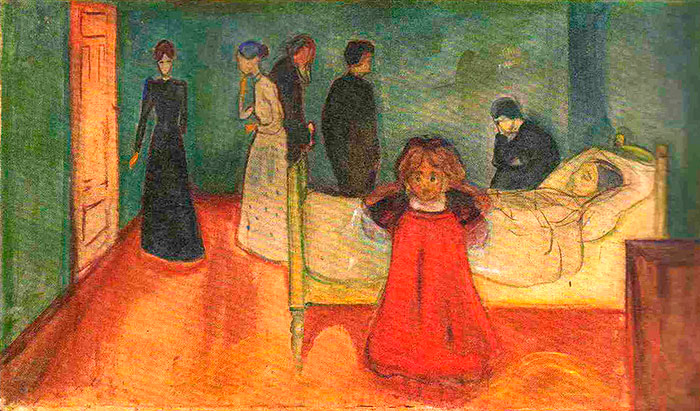
Figure 1. Edvard Munch. "The Dead Mother and Child" (1899).
Рисунок 1. Эдвард Мунк. «Мертвая мать и дитя» (1899).
The painting depicts two figures: a mother lying on a bed or sofa, and her small child sitting next to her. The general atmosphere of the picture is very gloomy and sad. "The Dead Mother and Child" reflects death, loss and sadness, that is often present in Munch's works. The picture expresses depth of human suffering and vulnerability to the inevitability of death, capturing a viewer in a gloomy mood and deep sadness. Munch creates the silhouette of a weeping mother, surrounded by gloomy hues, to convey the severity of the loss and the lack of hope.
Pablo Picasso is a Spanish painter, graphic artist, sculptor and designer, among other he is known as the founder of Cubism [3]. "Motherhood" ("La Maternité") by Pablo Picasso is a picture with daring on the forms and emotions (Fig. 2). The artist uses geometric shapes and vibrant colors to convey the emotional and physical bond between mother and child. At the same time, he draws attention to the vulnerability of motherhood and the risks associated with it.
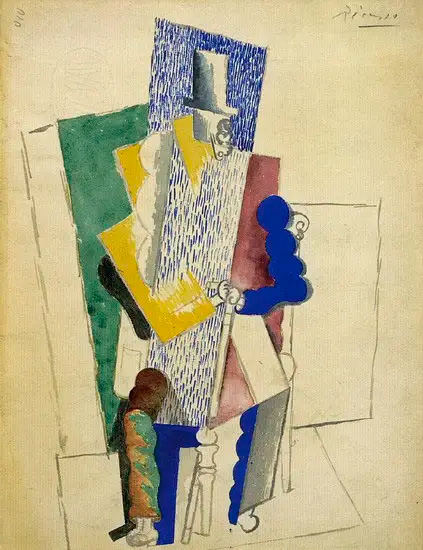
Figure 2. Pablo Picasso. "Motherhood" (1905).
Рисунок 2. Пабло Пикассо. «Материнство» (1905).
"Pregnant Woman and Death" ("Mother and Death") by Egon Schiele depicts a pregnant woman and Death (Fig. 3). The woman is in the center of the painting, standing against a dark and mysterious landscape. Her body is curved from pregnancy, and she holds her hands on her belly, that emphasizes her state of motherhood expectation. Next to the pregnant woman stands Death. She is represented as a grim skeleton, covered by a dark cloak and hood. The whole picture is permeated by the tension between life and death. The painting conveys a complex emotional atmosphere in which beauty and horror, hope and despair intersect. The artist combines somber and expressive tones to create tension and dramatic atmosphere [4][5]. Details such as twisted poses of the figures, pronounced contrasts of light and shadow, enhance the effect of the work's power and emotion. "Pregnant Woman and Death" is a visual metaphor exploring themes of life, death and motherhood. The painting raises questions about the cyclical nature of life and death, and the eternal confrontation of their forces. At the same time, it allows us to reflect on broader themes such as the meaning of life, justice, and the inevitability of death. It evokes mixed feelings in the viewer, including anxiety, reflections on the meaninglessness and vulnerability of life, and the possibility of finding eternity through legacy and memory. Using symbolism and a dramatic message, the author urges the viewer to pay attention to the importance of every moment of life and the inevitability of its end. He poses questions about values and the nature of human nature and how we relate to the contradictions of life and death. Overall, "Pregnant Woman and Death" is a powerful work of art that evokes deep thoughts and emotions in the viewer. It illustrates the tragic yet inherent connection between life and death, highlighting our vulnerability yet our ability to find meaning and beauty in these contradictions.
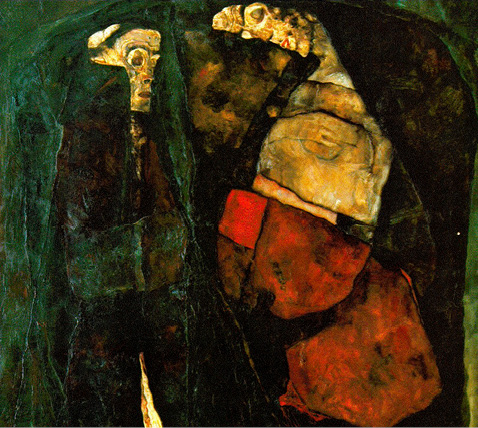
Figure 3. Egon Schiele. "Pregnant Woman and Death" (1911).
Рисунок 3. Эгон Шиле. «Беременная женщина и смерть» (1911).
Painting "The Dying Mother" was created by the Austrian artist Egon Schiele in 1910 (Fig. 4). This painting is one of the most famous works of the artist and embodies his unique style and expression, evoking strong emotional responses from the viewer. It is a deep and intimate portrait of a dying mother who embodies the tragedy and fleetingness of life. Such works of art help us better understand and visualize the theme of maternal mortality through the eyes of artists. They force us to empathize, to experience, and to be profoundly aware of what such losses leave in the hearts and souls of people. The works convey the feelings of sadness, grief, and loss that accompany a mother's death. They force us to reflect on the value of life, but also on its fragility, especially in the context of motherhood.
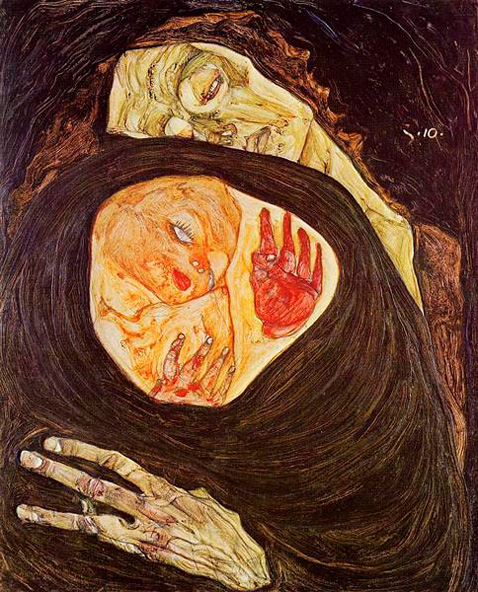
Figure 4. Egon Schiele. "The Dying Mother" (1910).
Рисунок 4. Эгон Шиле. «Умирающая мать» (1910).
Mexican artist Frida Kahlo described her painting "My Birth" as her idea of "the moment of her birth" (Fig. 5). Generally, Mexican culture as well as the art of the peoples of America had a noticeable influence on the art of Kahlo [6].
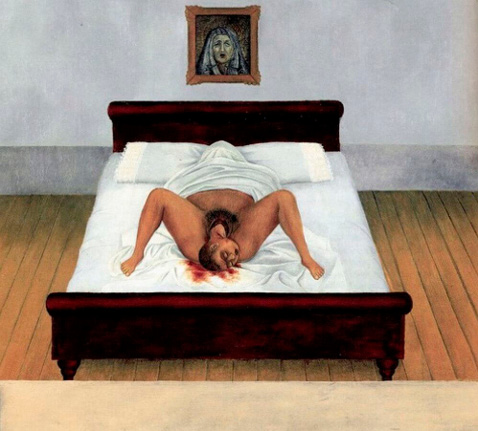
Figure 5. Frida Kahlo. "My Birth" (1932).
Рисунок 5. Фрида Кало. «Мое Рождение» (1932).
The painting "My Birth" shows Frida's huge head emerging from her mother's womb. A pool of blood can be seen beneath the mother's body that may symbolize her own sadness over the recent loss of her child, a tragic event that has been repeated more than once.
The mother's face is covered by a sheet, and not knowing the reality, at first glance, it may seem that the woman is dead. But in life she survived childbirth and perhaps this illustration is related to the death of Frida's mother shortly before this work was written. Above the maternity bed hangs a painting of "The Mourning Mother of God". Saint Mary, her face depicted in tears, looks on with sadness and compassion.
The work of one of the world's greatest symbolists, Austrian artist Gustav Klimt (1862–1918), "Death and Life", is an outstanding painting. Klimt is known for his symbolic and decorative works [7][8], and "Death and Life" is one of his best known works, that depicts two female figures bound together by the power of art and the natural cycle of life. The left side of the painting showing a woman representing life, she reflects youth and fertility. Her body is decorated with flowers and greenery, and her posture expresses energy and vitality. On the right side of the painting is the woman representing death. She is shown in dark colors and her body is decorated with a tomb and a wreath, symbolizing the end and dying. Her posture and facial expression reflect tranquility and acceptance of death. Death looks with open eyes, knowing what she wants. As for life, it symbolizes joy, like the joy of giving birth to a child. But in nature, complications sometimes arise. Particularly in the case of human birth, there can be bleeding or thromboembolism or many other fatal situations, including sudden ones. That is, one should never forget that death is always around. With this in mind, in many cases it can be prevented.
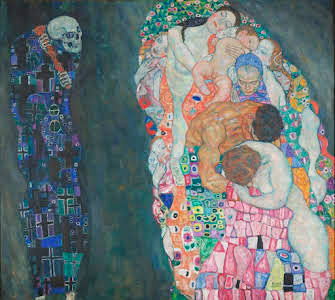
Figure 6. Gustav Klimt. "Death and Life" (1908–1915).
Рисунок 6. Густав Климт. «Смерть и жизнь» (1908–1915).
"Death and Life" tells us about the balance between life and death, about the transient nature of the cycle of life. It reflects Klimt's philosophical and aesthetic ideas about life, death, and immortality, as well as the relationship between the natural world and the world of the human essence. The combination of these two figures in the same painting emphasizes the idea of the relationship and opposition of life and death. Life is presented as temporary and transient, flourishing but always in danger of death. This reminds us of the life fragility and the inevitability of its end, giving the painting a deep philosophical meaning.
Conclusion / Заключение
By examining works on maternal mortality we are able to look into the emotions and experiences associated with this tragic issue. Each painting conveys the unique aspects and emotions associated with maternal mortality, evoking in us compassion, sadness, and reflection on life and death.
Maternal death is a tragic phenomenon that affects millions of women around the world. It is an issue that inspires artists to create works, reflecting the pain, torment and grief, the grief of losing a loved one during childbirth or as a result of complications associated with pregnancy. All of these paintings have incredible emotional power and are a kind of mirror of the reality that confronts us with the unpredictability and painful aspects of life. They remind us of the maternal mortality importance, the need to prevent it.
Art has an amazing ability to reflect the depth of human emotion and evoke empathy in viewers. The paintings of famous artists discussed in this article allow us to look at the subject of maternal mortality from a new perspective, to draw attention to its importance, and to draw public attention to the issue. They are a reminder that the struggle to save mothers' lives and create a safe environment for the birth of new generations must be continued.
References
1. Edvard Munch. [Edvard Munk]. Moscow: Izd-vo Tret'yakovskaya Galereya, 2019. 264 p. (In Russ.).
2. Reinhold H. Munch: His Life and Work. London: Murray, 1984. 240 р.
3. Prokofiev V.N. Picasso Phenomenon. In: V.N. Prokofiev. About art and art history: Articles of various years. [Fenomen Pikasso. V kn.: Prokof'ev V.N. Ob iskusstve i iskusstvoznanii: Stat'i raznyh let]. Moscow: Sovetskij hudozhnik, 1985. 304 p. (In Russ.).
4. Wilson S. Egon Schiele. Oxford, 1980. 80 р.
5. Kallir J. Egon Schiele, the complete works. New York: H.N. Abrams, 1990. 687 p.
6. Prignitz-Poda H. Frida Kahlo: Life and Work. New York: Schirmer/Mosel, 2007. 259 p.
7. Astakhov Yu.A. Gustav Klimt. Painting and graphics. [Gustav Klimt. Zhivopis' i grafika]. Moscow: Izd-vo Belyj gorod, 2018. 240 p. (In Russ.).
8. Karez P. Klimt: Epoch and Life of a Viennese Artist. Novel-biography. [Klimt: Epoha i zhizn' venskogo hudozhnika. Roman-biografiya]. Moscow: Molodaya gvardiya, 2019. 668 p. (In Russ.).
About the Authors
N. A. MakatsariyaRussian Federation
Nataliya A. Makatsariya – MD, PhD, Associate Professor, Department of Obstetrics, Gynecology and Perinatal Medicine, Filatov Clinical Institute of Children's Health
Researcher ID: F-8406-2017.
2 bldg. 4, Bolshaya Pirogovskaya Str., Moscow 119991
V. O. Bitsadze
Russian Federation
Victoria O. Bitsadze – MD, Dr Sci Med, Professor of RAS, Professor, Department of Obstetrics, Gynecology and Perinatal Medicine, Filatov Clinical Institute of Children’s Health
Scopus Author ID: 6506003478. Researcher ID: F-8409-2017.
2 bldg. 4, Bolshaya Pirogovskaya Str., Moscow 119991
J. Kh. Khizroeva
Russian Federation
Jamilya Kh. Khizroeva – MD, Dr Sci Med, Professor, Department of Obstetrics, Gynecology and Perinatal Medicine, Filatov Clinical Institute of Children’s Health
Scopus Author ID: 57194547147. Researcher ID: F-8384-2017.
2 bldg. 4, Bolshaya Pirogovskaya Str., Moscow 119991
F. A. Chervenak
United States
Francis A. Chervenak – MD, Dr Sci Med, Professor, Head of the Department of Obstetrics and Gynecology; Deputy Decane of the Faculty of International Medicine, Donald and Barbara Zucker School of Medicine, Hofstra/Northwell
100 East 77th Str., New York, NY 10075, USA
A. D. Makatsariya
Russian Federation
Alexander D. Makatsariya – MD, Dr Sci Med, Academician of RAS, Professor, Head of the Department of Obstetrics, Gynecology and Perinatal Medicine, Filatov Clinical Institute of Children’s Health; Vice-President of the Russian Society of Obstetrican-Gynecologists (RSOG); Honorary Doctor of the Russian Federation; Emeritus Professor of the University of Vienna
Scopus Author ID: 57222220144. Researcher ID: M-5660-2016.
2 bldg. 4, Bolshaya Pirogovskaya Str., Moscow 119991
Review
For citations:
Makatsariya N.A., Bitsadze V.O., Khizroeva J.Kh., Chervenak F.A., Makatsariya A.D. Maternal death in the visual arts: immersion into emotional world through the great artists' paintings. Obstetrics, Gynecology and Reproduction. 2023;17(3):376-381. https://doi.org/10.17749/2313-7347/ob.gyn.rep.2023.423

This work is licensed under a Creative Commons Attribution-NonCommercial-ShareAlike 4.0 International License.











































